Artificial intelligence (AI) has made a huge splash in recent years. There are currently almost 33,089 AI companies rolling out a seemingly endless number of AI products. If you scan the headlines, it’s easy to fall into the trap of thinking that AI is a monolithic technology. However, the truth is that there are multiple branches of AI. While some overlap, others don’t, and each serves a different purpose. These differences are apparent when comparing conversational AI with generative AI.
AI solutions have a lot to offer businesses in terms of increasing productivity and reducing costs, but only if you choose a targeted solution based on your core business operations. This guide will focus on the differences between conversational AI and generative AI to help you determine which one will be a better fit for your purposes.
What is conversational AI?
Conversational AI applications are those that focus on interacting with users through speech and text. The most common examples of conversational AI are chatbots and virtual assistants. Conversational AI applications use machine learning and natural language processing to recognize human speech and text, and respond in kind.
Machine learning
Machine learning is a type of AI that uses datasets and algorithms to learn from and improve with experience. With increased inputs, the system becomes better at pattern recognition and making predictions.
Natural language processing
Natural language processing uses machine learning to analyze language. The process conversational AI uses includes four steps:
- Input generation: The user asks a question, either through voice or text input.
- Input analysis: The platform analyzes language differently depending on whether it’s text or speech. For text, it will use natural language understanding (NLU) to determine the user’s intent. For speech, there’s an extra step involved, as the program has to use automatic speech recognition and NLU to understand the input.
- Dialog management: In this phase, the program generates a response based on the user’s intent.
- Reinforcement learning: Over time, machine learning algorithms will continue to refine the responses for improved accuracy.
What is generative AI?
Generative AI is a machine learning model that creates new data that’s similar to the data it was trained on. This data can include text, images, videos, music, or code. For example, you can ask a generative AI program to write a song, and it will generate a new song that’s similar to the programs it was trained on.
Generative AI is based on a model called the generative adversarial network (GAN). A GAN consists of two components: the generator and the discriminator. The generator creates new data based on the training data. The discriminator evaluates the response to determine if it is similar to the original data.
Generative AI models are capable of learning from vast datasets without explicit human prompts or oversight. They’re remarkably efficient at creating outputs based on these datasets.
Key differences at a glance
Although both conversational and generative AI use machine learning, they use it differently and have different core functions and models. Here’s a look at the major differences between generative AI and conversational AI.
Data input
- Conversational AI primarily uses structured inputs, such as voice and text commands.
- Generative AI doesn’t have a specific intent and can process many different types of data, including videos, pictures, audio, and text.
Data output
- Conversational AI output is rules-based and focused on providing responses that facilitate interactions.
- Generative AI output creates new content instead of responding to direct questions.
Training methodologies
- Conversational AI is trained on custom, defined datasets, such as frequently asked questions and interactions based on intent. These models are meant to interact directly with users, so they use supervised and reinforcement learning to improve over time.
- Generative AI is trained on massive datasets, such as the internet, and uses unsupervised learning to improve. It uses deep learning networks to generate output.
User engagement
- Conversational AI is designed to quickly interact with users and provide specific information. Interactions are limited in scope and task-oriented.
- Generative AI is designed to create new content rather than have conversational interactions.
Applications of conversational AI
The point of conversational AI is for the application to interact with users in the same way a real person would. Conversational AI applications are typically voicebots or chatbots. These systems have a broad base of use cases and excel in applications such as:
Customer service
Conversational AI platforms are ideal as customer service agents. They can be trained to interact with your customers around the clock and drastically reduce the cost of providing fast, efficient service. Jotform provides customized conversational AI chatbots for many different industries.
Healthcare
Conversational AI healthcare agents can handle many routine tasks for patients to free up healthcare providers to focus on high-value activities. They can help patients with making appointments, remind them about prescription refills, and provide information and advice on dealing with chronic illnesses. Jotform’s healthcare and wellness AI chatbots can help coordinate hospice care, enroll new patients, and upload paperwork for medical practices.
Finance
Financial institutions use conversational AI agents to provide personalized financial advice and answer customer inquiries. They can help clients fill out mortgage applications, provide information about customer accounts, help with credit applications, and create custom budgets.
Customizing conversational AI
One reason conversational AI is so useful for many businesses is that it can be trained on limited, custom databases. Financial institutions, healthcare providers, and other businesses need dependable, predictable AI that prioritizes accuracy and privacy. Because conversational AI can be trained to provide specific answers without hallucinating (i.e., making up false information), they fit the bill perfectly.
Jotform AI Agents give you the flexibility to transform your forms into dynamic, conversational experiences without having to write your own code. You can use your own data to train these conversational AI agents, which makes it easier and less frustrating for your customers to fill out forms. The intuitive and simple process is more engaging for your customers, and you can trust the platform not to go “off the rails.” Here’s how the step-by-step process works:
- You can begin by using a template or cloning your manual process. You can also start with a customized form if that is more convenient for you.
- The next step is to train the AI with documents or URLs. You’re in charge and can choose the data you want to serve as a base for customer interactions.
- Jotform’s Agent Builder lets you create and personalize your AI agents to fit your needs. Your customized agents will streamline how your customers interact with your forms and simplify data collection.
Applications of generative AI
In contrast to conversational AI, generative AI platforms create novel output using deep learning models. While this means they may be unpredictable at times, these programs are useful for creating content in industries such as advertising, entertainment, and design.
Advertising
Generative AI platforms can help you create personalized advertising campaigns. You can create ads based on each customer’s likes, dislikes, and past interactions. You can pull in customer data from different sources and use it as the foundation of targeted ads.
Entertainment
In the entertainment industry, you can use generative AI applications to help at the ideation stage by generating storyboards based on your prompts. These applications can also analyze existing content to offer ideas for similar content, suggest ideas for filling in gaps, or create a fusion of different art forms.
Cutting-edge AI applications can also be used to create immersive experiences using augmented reality (AR) and virtual reality (VR) technologies. You can create a storytelling experience where your clients interact with characters as they move about in a virtual world.
Design
Generative AI is transforming the design industry at all stages of the process. In the early phases, generative AI can suggest or refine ideas for new products that can fill market needs. It can also optimize elements such as material efficiency and production speed.
Urban designers can use generative AI to design spaces that meet community needs and maximize renewable resources. Humans can set the parameters and allow generative AI programs to model results. These programs can quickly produce multiple results for testing out different design ideas without having to commit to building expensive prototypes.
Are chatbots generative AI?
AI is still a nascent field, and there’s often overlap between different branches and applications. This is true in generative and conversational AI. One of the most well-known AI applications, ChatGPT, is a generative AI chatbot. Some chatbots are generative AI, but not all of them are.
Generative AI chatbots such as ChatGPT are called large language models. Instead of being trained on specific datasets, large language models are trained on massive amounts of data. These very large deep learning models use neural networks and unsupervised learning, which give them immense flexibility.
As the name implies, large language models are very big and can consider billions of parameters. Generative AI chatbots use a process called word embedding to recognize relationships between words, such as similar meanings. This allows the generative AI to apply knowledge about words to create unique output in response to user commands.
The future of AI: Integrating conversational and generative approaches
Currently, though there’s some degree of overlap, conversational AI is trained and functions differently from generative AI. In the future, there will likely be more overlap, and conversational AI agents will use many of the same training modalities as generative AI.
If you’ve used any of the available generative AI models, you’ve undoubtedly seen warnings to use them at your own risk and double-check their output. These models are being updated rapidly and are capable of remarkable output. However, their business use cases are limited due to the potential for mistakes and even offensive output.
In the future, you can expect to see engineers figure out how to resolve these issues. When this happens, elements of generative AI will likely be combined with elements of conversational AI. The resulting chatbots will be extremely flexible, will require very little training, and will produce output that aligns with your company’s values and brand identity.
AI capabilities are advancing rapidly, with many experts predicting we could develop artificial general intelligence (i.e., AI systems that act independently and outperform humans) in the next few years. Whether that occurs or not, you can expect to continue to see dramatic advancements in the field in the near future.
Choosing between generative AI vs conversational AI
Conversational AI and generative AI both have a wide variety of applications for many businesses. The key to choosing between them is understanding what you want to accomplish. Many businesses will use both as they integrate more AI-driven solutions into various workflows.
If you’re interested in streamlining customer interactions, whether through customer support or personalized service, conversational AI may be the best option. Conversational AI can dramatically increase your efficiency while allowing you to maintain control over the output. Because you can limit potential output by choosing specific training materials, you know your conversational AI won’t be interacting with customers in ways that don’t reflect your brand or values.
This tighter control makes conversational AI a good option for businesses that place a high priority on data protection, customer privacy, and accuracy. In industries such as finance and healthcare, organizations need to know that their chatbots aren’t giving their customers inaccurate information that can harm them and expose businesses to liability risks.
Generative AI is often a good option for internal use cases where it can be supervised by humans. Its output is less predictable because it’s trained on much broader datasets. There have already been several publicly embarrassing cases of generative AI producing offensive content.
However, generative AI can still be very valuable. Scientists are using it to answer complex questions and explore new possibilities for medical treatments.
Revolutionize your forms with Jotform’s conversational AI agents
If you’re ready to harness the potential of conversational AI agents to increase your efficiency, reduce your costs, and please your customers, reach out to learn more about Jotform’s customizable AI chatbots.
This article is for business owners, tech professionals, and decision-makers who want to understand the practical differences between conversational AI and generative AI before choosing the right solution for their organization.



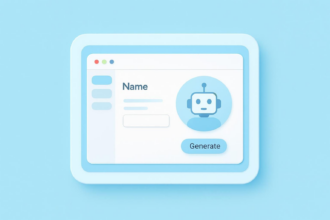

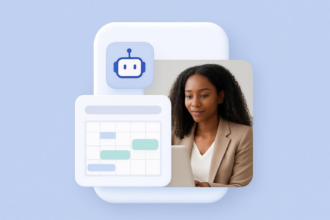



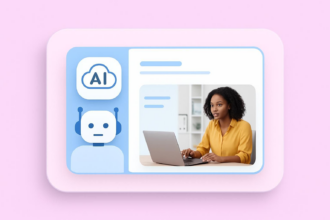






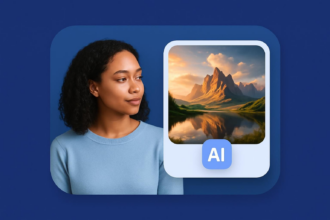





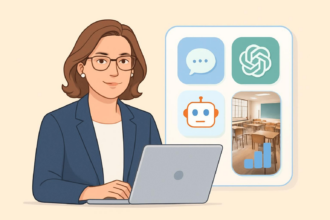


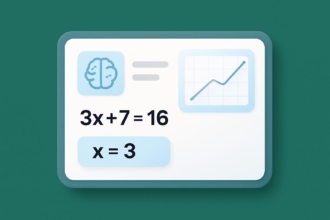
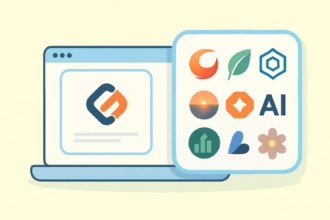

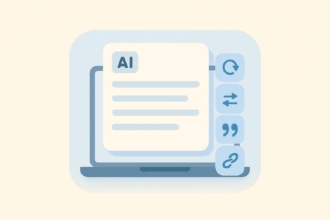



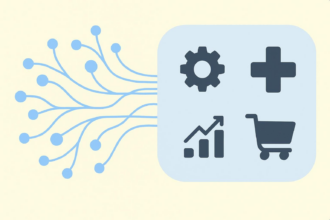
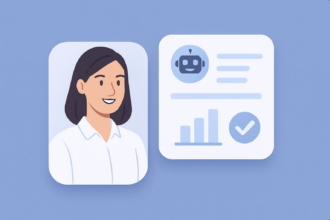


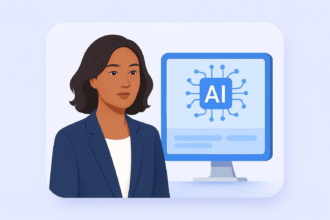
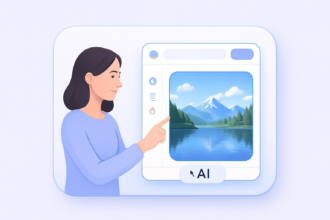


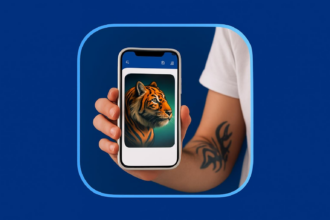
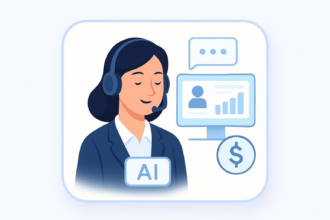
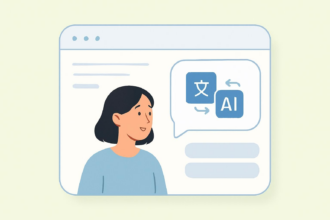
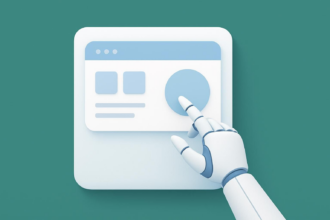
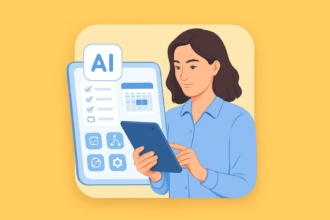

















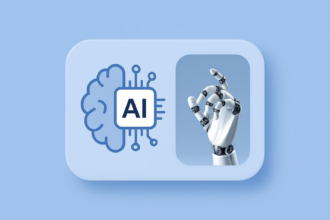
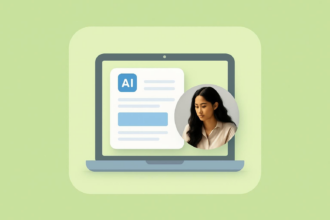


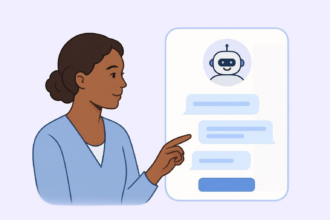



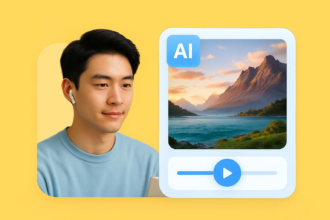



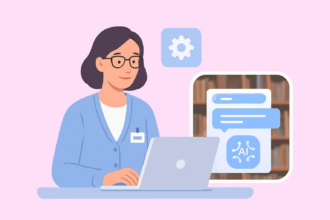

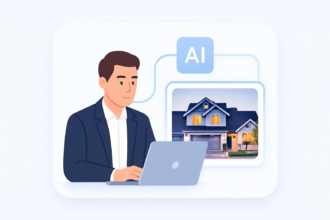


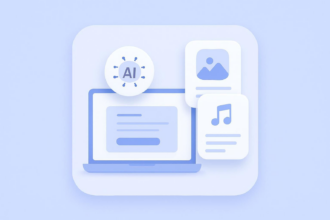












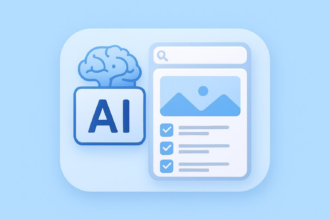
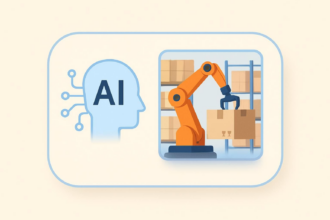








Send Comment: